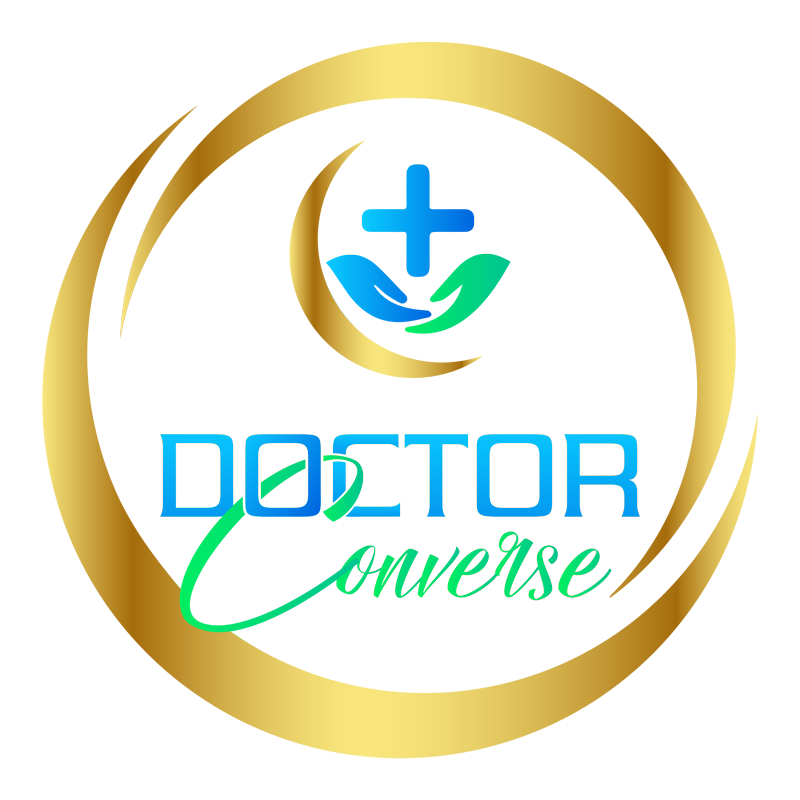Why Breastfeeding is Important to the baby and Mother

BREAST MILK
It contains all the nutrients required for the first six months to 1 year compared to other forms of milk.
Contents of breast milk:
Water about 88%
Lactose about 7%
Fat about 3.8%
Protein 0.9%
Other (vitamin, minerals, immune cells) 0.2%
CDC’s report breastfeeding report card, 2020 states that, although most infants born in 2017 started breastfeeding (84.1%), only 58.3% of infants were breastfeed for six months.
Breastfeeding has benefits to the baby and the mother.
Benefits to the baby:
- It lower rates of allergies, obesity, ear infection, and sudden infant death.
- It promotes healthier weight gain.
- Also, play a role in neurocognitive development (fatty acid ADH) hence good learning skill later in life.
- It improves digestion and protection of the gastrointestinal tract.
We can say breastfeeding is the first immunization a baby can get.
Benefits to the mother:
- Increase mother to child bonding
- Reduce risk of breast, ovarian and uterine cancer.
- It help the mother to burn some calories.
- It helps in aster recovery after childbirth due to decreased postpartum bleeding, increased uterine involution, less postpartum depression.
- Helps in child spacing
- Its cost effective.
How frequent should a baby breastfeed?
WHO recommend infants should breastfeed on demand, as often as the child wants. And no bottles, teats or pacifiers should be used.
To quantify the time is about 1-2 hours a baby should be breastfed.
Proper position while breastfeeding:
- Baby stomach should touch mother’s body, the body should be on the same level so the baby doesn’t strain while breastfeeding.
- Nipple should be against the roof (Mouth) this means the tongue against bottom of areola (mouth covers the areola)
- No dimples should be formed while sucking, because it means the baby is sucking air, and no sound produced while sucking.
Mother’s position:
Cradle position
- This is a classic breastfeeding position, where the mother hold the baby the arm on the breast side supports the baby head and the rest of the body should be in line with it.
- Baby stomach should be against mother’s body.
Side-lying
- Post caesarian section women can use this position as they cannot sit or exhausted mothers feeding at night.
- Lie on one side facing you baby
- Hold the baby closer to you, its nose should be near your nipple. Support baby back with your arm or you can place a pillow.
Other positions are like cross-cradle hold, football hold.
- Milk production depends on mothers diet (eat a healthy balanced diet)
- Psychological factor (avoid stress).
- Breastfeed regular for more milk production.
Note: First time for a mother to breastfeed there could be nipple sensitivity and discomfort, which tend to diminish after few suckles.
Nipple cracking: use topic ointment when signs of infection see a medical practitioner.
Breast tenderness: this can be caused blocked milk duct, use warm water to massage and continue to breastfeed.
Contraindications to breastfeeding:
- Illicit drugs like heroin, cocaine, cannabis.
- High dose of caffeine
- Alcohol intake (there should be an interval of >2 hrs after intake to the time of breastfeeding)
- Stop smoking, it increases the risk of sudden infant death syndrome.
- Infection like herpes of breast, HIV etc.
What advice should be given to the mother who plans to express and save breast milk for later feedings?
- Freeze at 4 degrees centigrade and defreeze at time for use, warmed in warm water. It should not be refrozen if it already melted.
“CHERISH THE MOMENT YOU GET TO NOURISH YOUR BABY”






Responses